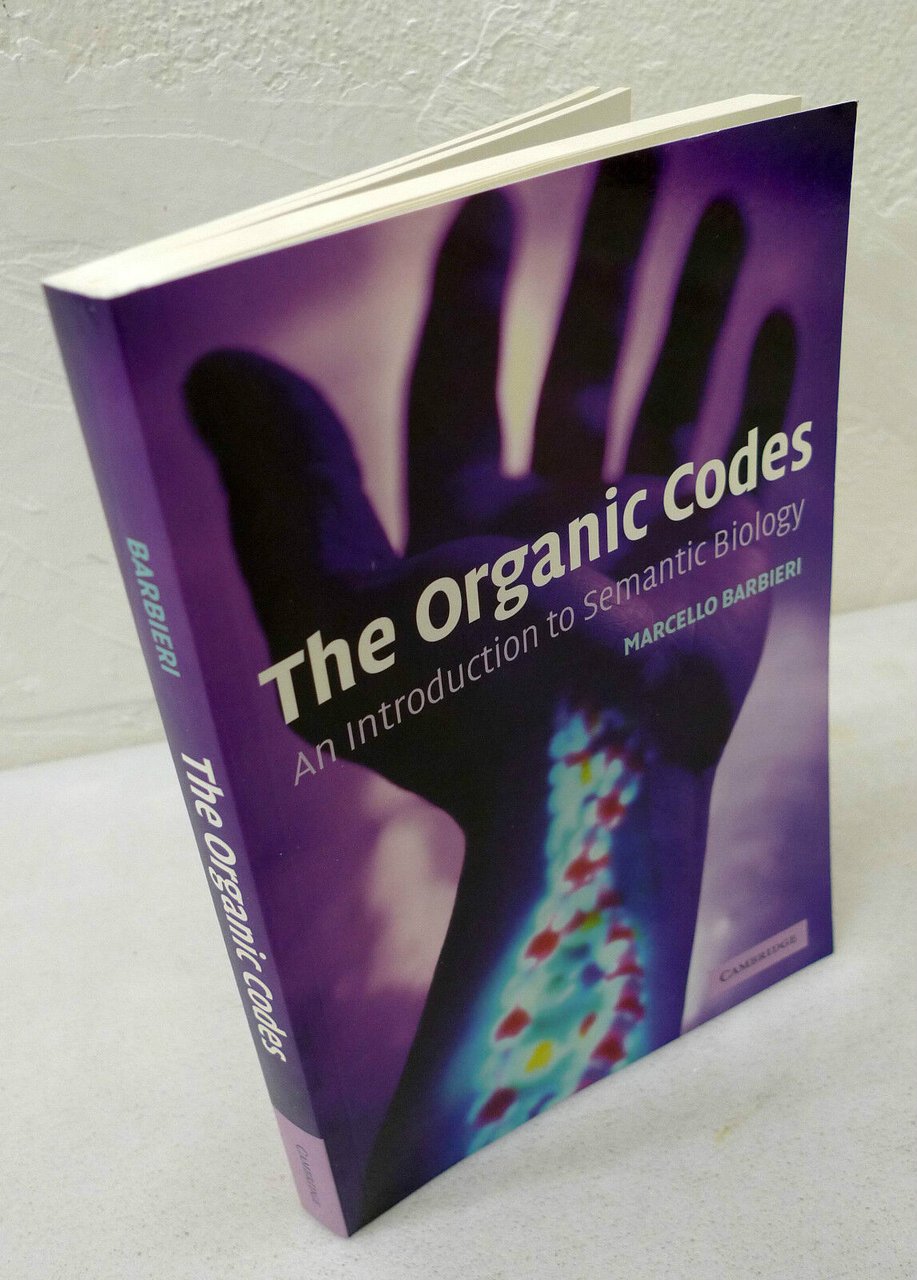
Periodici
Barbieri,THE ORGANIC CODES.An introduction to semantic biology,2003[biologia
19,90 €
Modo Infoshop
(Bologna, Italia)
Le corrette spese di spedizione vengono calcolate una volta inserito l’indirizzo di spedizione durante la creazione dell’ordine. A discrezione del Venditore sono disponibili una o più modalità di consegna: Standard, Express, Economy, Ritiro in negozio.
Condizioni di spedizione della Libreria:
Per prodotti con prezzo superiore a 300€ è possibile richiedere un piano rateale a Maremagnum. È possibile effettuare il pagamento con Carta del Docente, 18App, Pubblica Amministrazione.
I tempi di evasione sono stimati in base ai tempi di spedizione della libreria e di consegna da parte del vettore. In caso di fermo doganale, si potrebbero verificare dei ritardi nella consegna. Gli eventuali oneri doganali sono a carico del destinatario.
Clicca per maggiori informazioniMetodi di Pagamento
- PayPal
- Carta di Credito
- Bonifico Bancario
-
-
Scopri come utilizzare
il tuo bonus Carta del Docente -
Scopri come utilizzare
il tuo bonus 18App
Dettagli
Descrizione
Marcello Barbieri
(Università di Ferrara),
THE ORGANIC CODES.
An introduction to semantic biology.
Cambridge University Press, Cambridge 2003,
prima edizione,
brossura, cm. 15x22,5, pp. XIV-301,
introduzione di Michael Ghiselin
con illustrazioni,
testo in inglese,
peso: g. 544
cod.1070
CONDIZIONI DEL LIBRO: ottime
INDICE
Foreword by Michael Ghiselin ix
Acknowledgements xiv
Introduction 1
Chapter 1 The microscope and thè celi 9
The celi theory, 10
The problem of generation, 12
The problem of embryonic development, 15
The two versions of the cell theory, 17
Mechanism, 19
The chemical machine, 21
The computer model, 24
The autopoietic celi, 27
The epigenetic cell, 29
Chapter 2 Theories of evolution 33
Traditional biology, 34
Lamarck’s contribution, 36
Darwin’s bet, 38
Naturai selection, 40
Organs of extreme perfection, 41
Common descent, 44
The second mechanism of evolution, 49
The Modern Synthesis, 51
Molecular evolution, 54
The third mechanism of evolution, 57
Macroevolution, 60
Where is biology going to? 63
Chapter 3 A new model for biology
The logic of embryonic development, 67
Reconstructions from incomplete projections, 69
A memory-building approach, 71
The algebraic method, 75
The theoretical limit, 79
ART: an iterative algebraic method, 80
The memory matrix, 82
Density modulation, 84
MRM: thè family of memory algorithms, 86
The two generai principles of MRM, 89
Chapter 4 Organic codes and organic memories
The characteristics of codes, 93
The organic codes’ fingerprints, 96
The bridge between genes and organism, 99
The splicing codes, 101
The signal transduction codes, 105
Contextual information, 111
Determination and cell memory, 112
The other face of pattern, 114
Hints from developing neurons, 117
The key structures of embryonic development, 119
Chapter 5 The origin of life
The primitive Earth, 122
Chemical evolution, 127
Postchemical evolution, 129
The metabolism paradigm, 131
The replication paradigm, 134
The RNA world, 138
Replication catastrophes, 140
Eigen’s paradox, 142
The ribotype theory, 145
The genetic code, 148
Evolution of the code, 155
The ribotype metaphor, 157
Copymakers and codemakers, 159
The handicapped replicator, 161
Chapter 6 Prokaryotes and eukaryotes
The potassium world, 164
Two forms of life, 166
Three primary kingdoms, 168
The last common ancestor, 173
The origins of bacteria, 175
The cytoskeleton, 178
The compartments, 180
Chromosomes, 182
The seven kingdoms, 185
Three thousand million years, 187
Chapter 7 The Cambrian explosion
The fossil record, 192
The experimental data, 193
Body plans and phylotypic stages, 196
The traditional explanations, 201
The Cambrian singularity, 202
The stumbling-block, 203
The reconstruction model, 204
Multicellular structures, 206
Biological memories, 209
A new model of thè Cambrian explosion, 210
The conservation of the phylotypic stage, 213
Chapter 8 Semantic biology
The semantic theory of the cell, 219
The semantic theory of embryonic development, 221
The mind problem, 224
The semantic theory of mental development, 226
Artifacts and naturai selection, 228
The semantic theory of evolution, 229
About organic codes, 234
The language model, 236
The Individuality Thesis, 237
The development of semantic biology, 240
Chapter 9 A brief summary
The first principle, 244
The second principle, 245
The third principle, 246
The fourth principle, 247
The first model, 248
The second model, 249
The third model, 250
The fourth model, 251
Conclusion, 253
Appendix Defìnitions of life Afterword by Jack Cohen
References
Index

